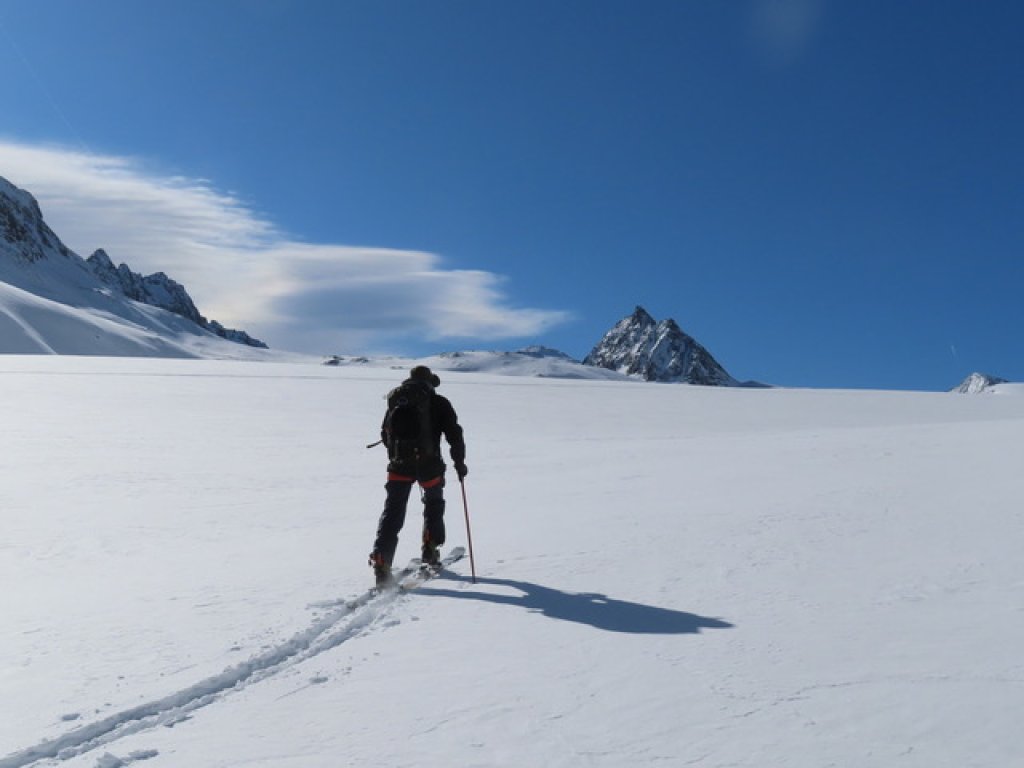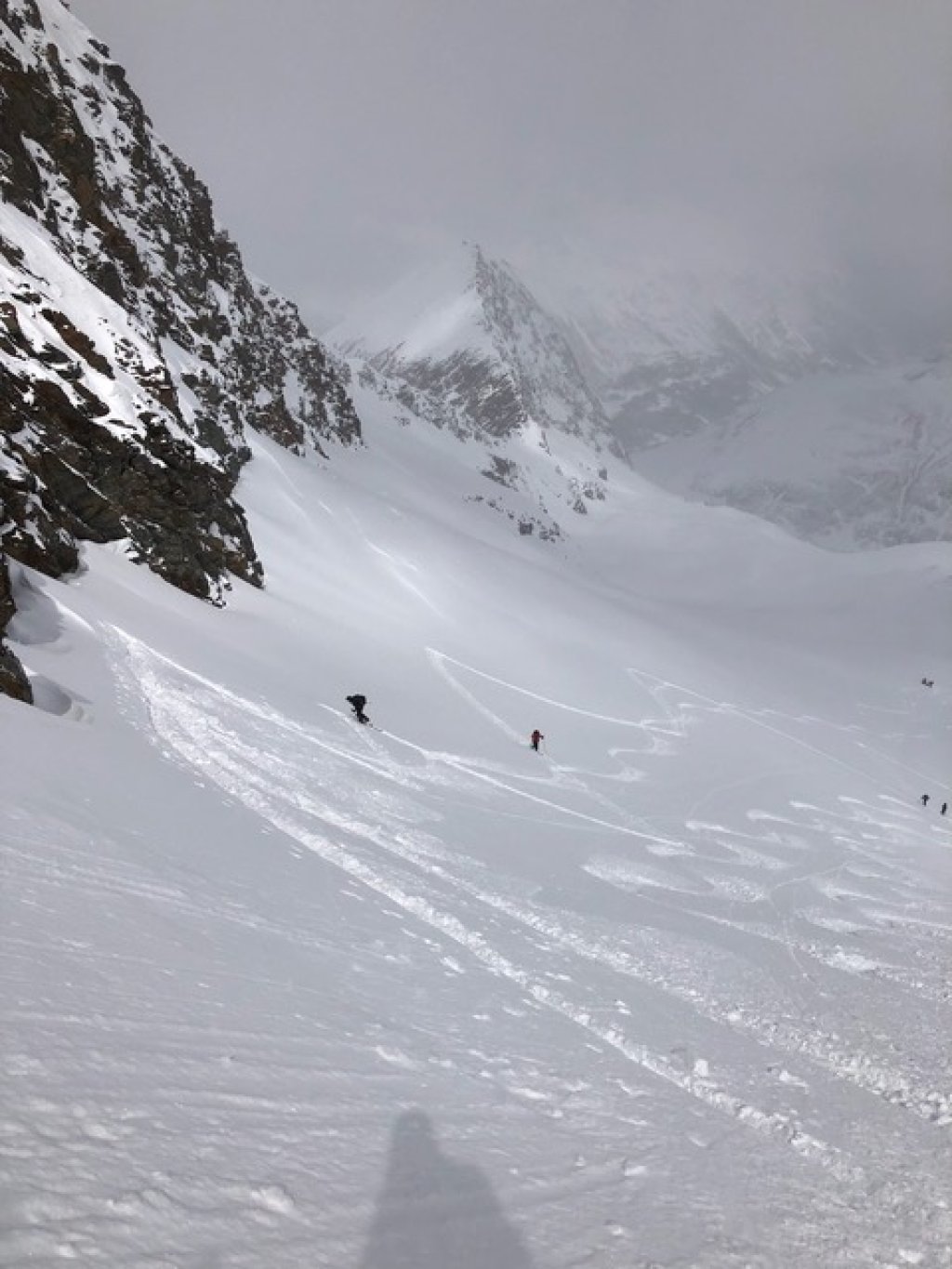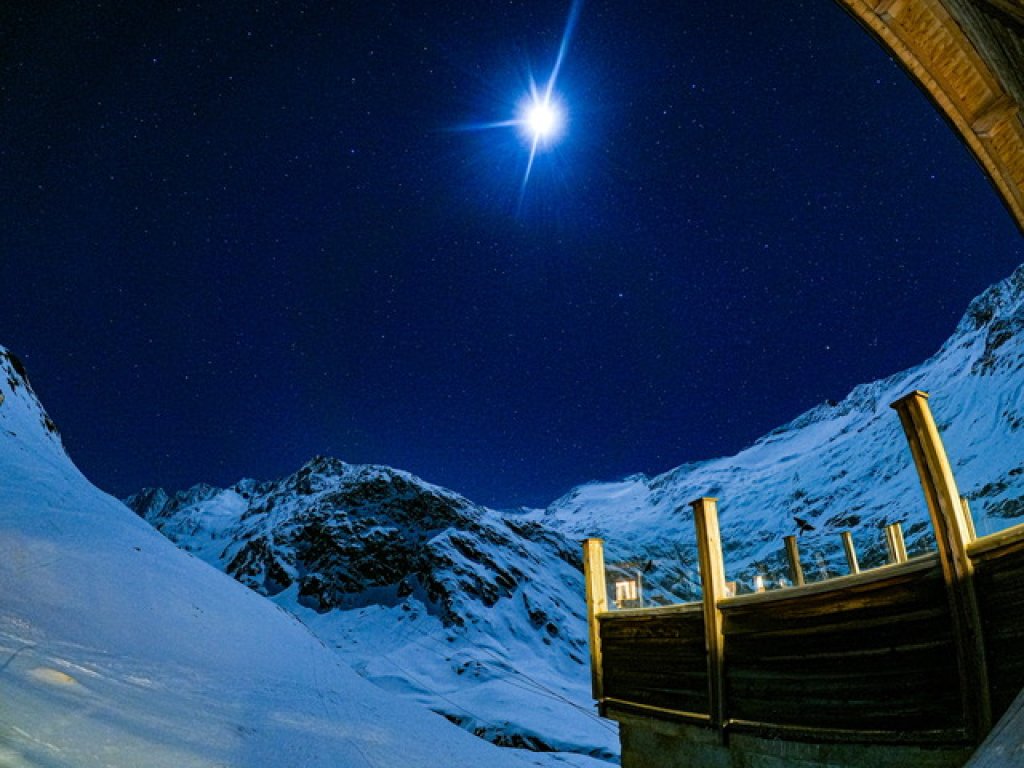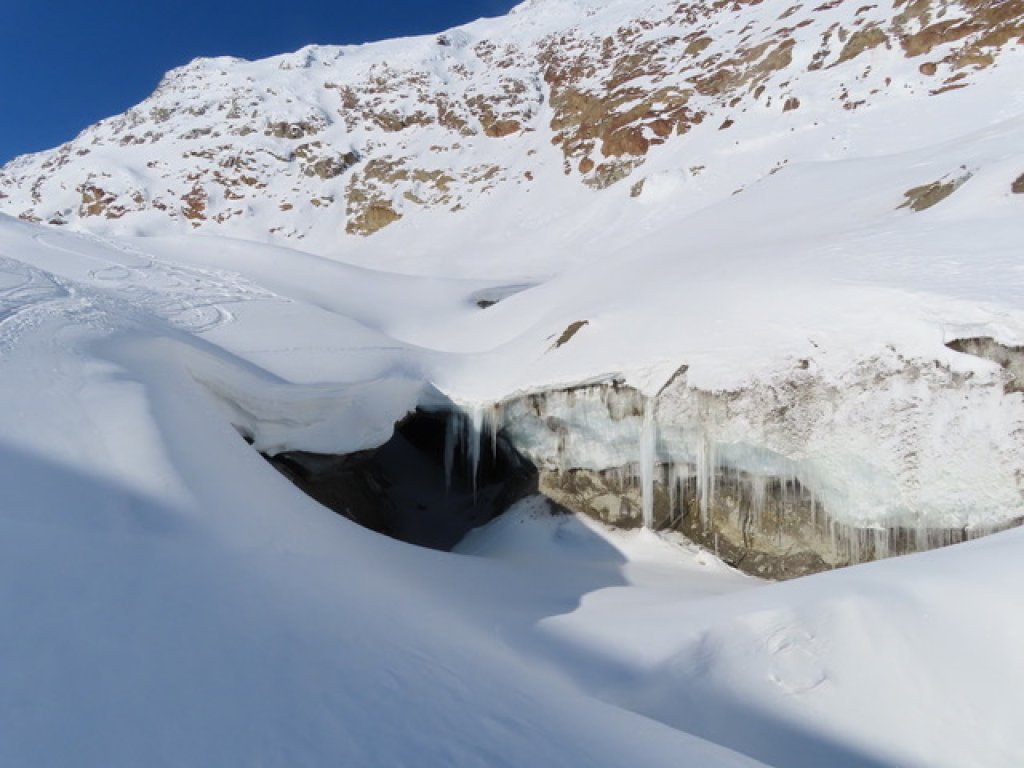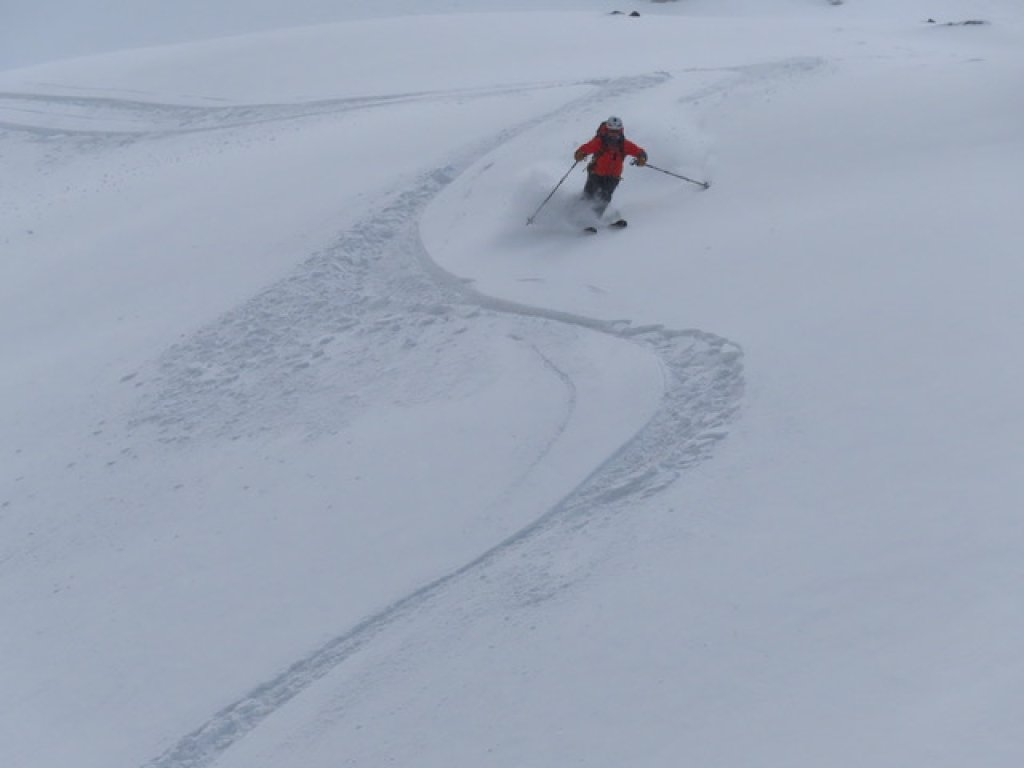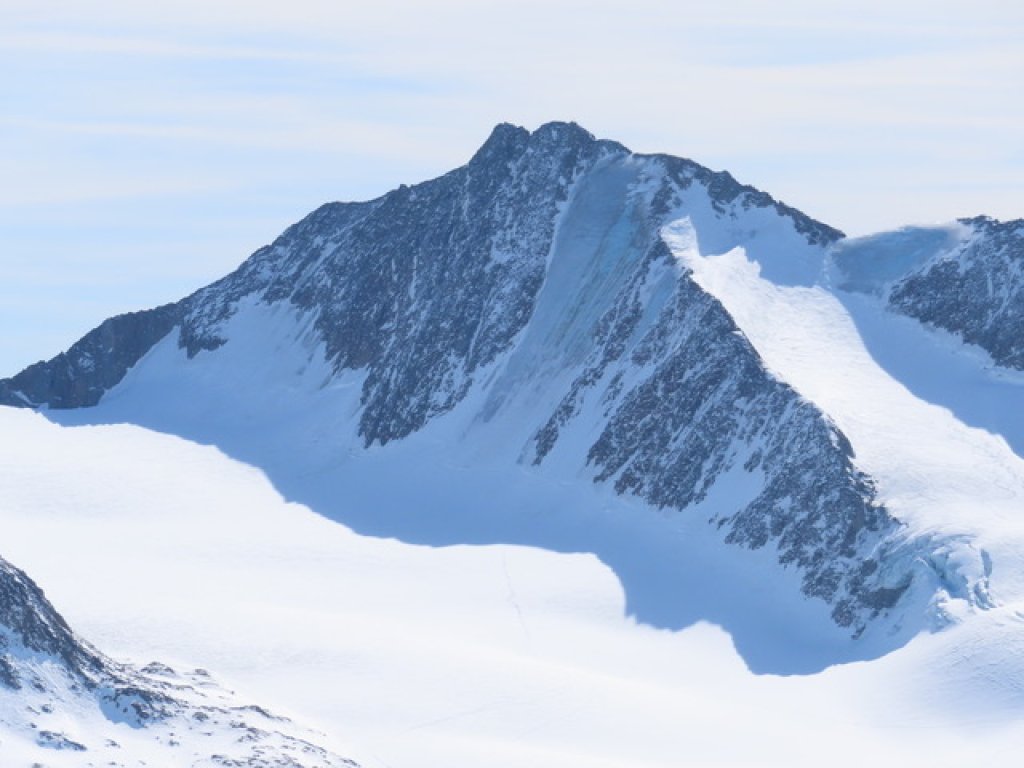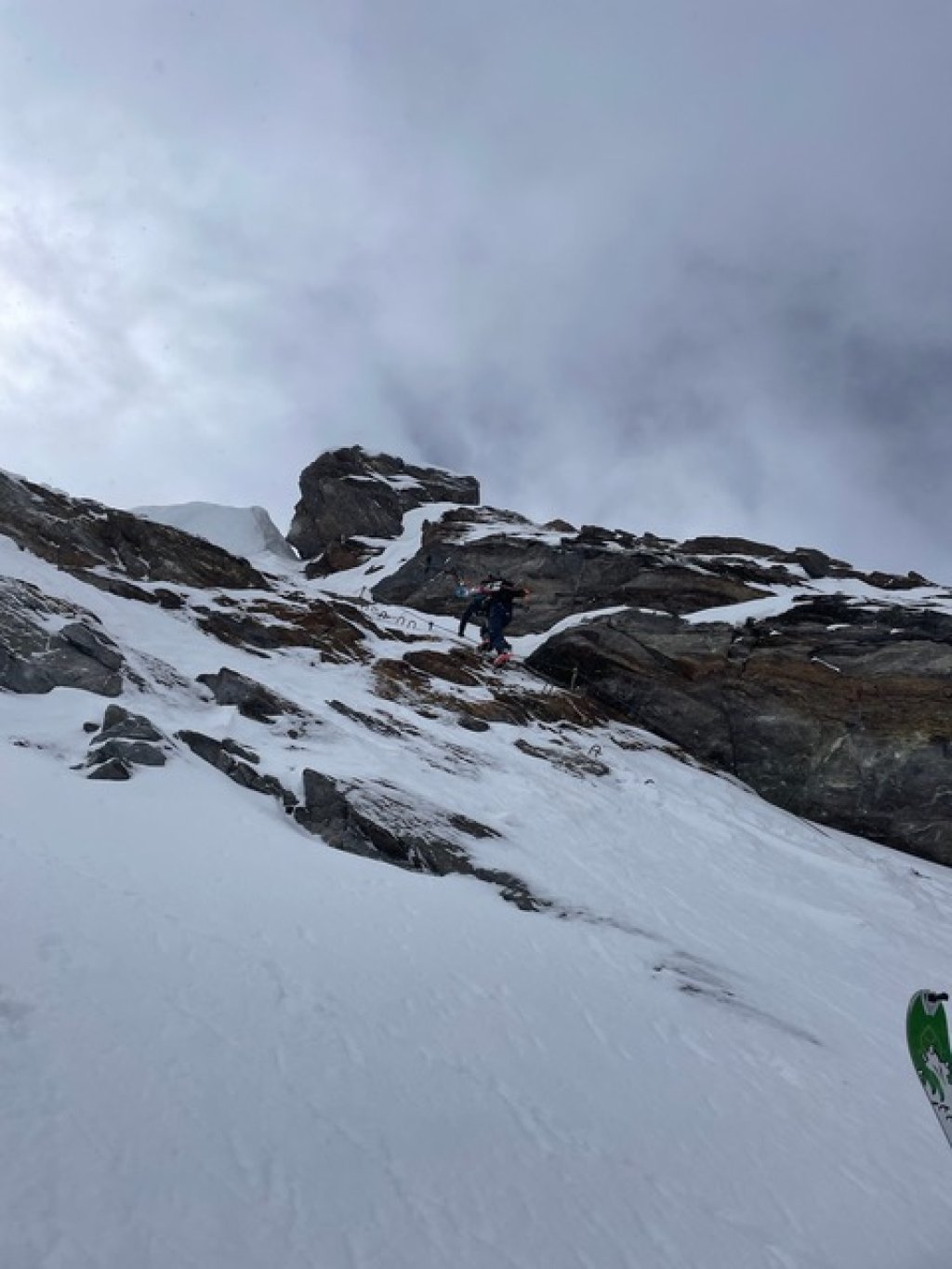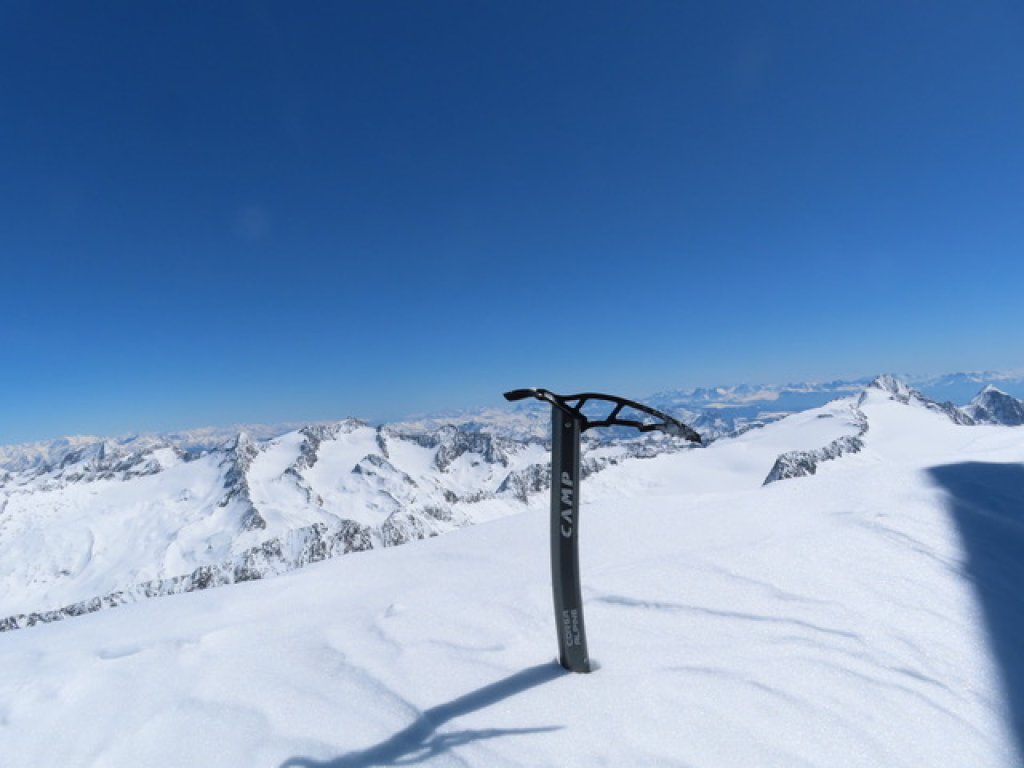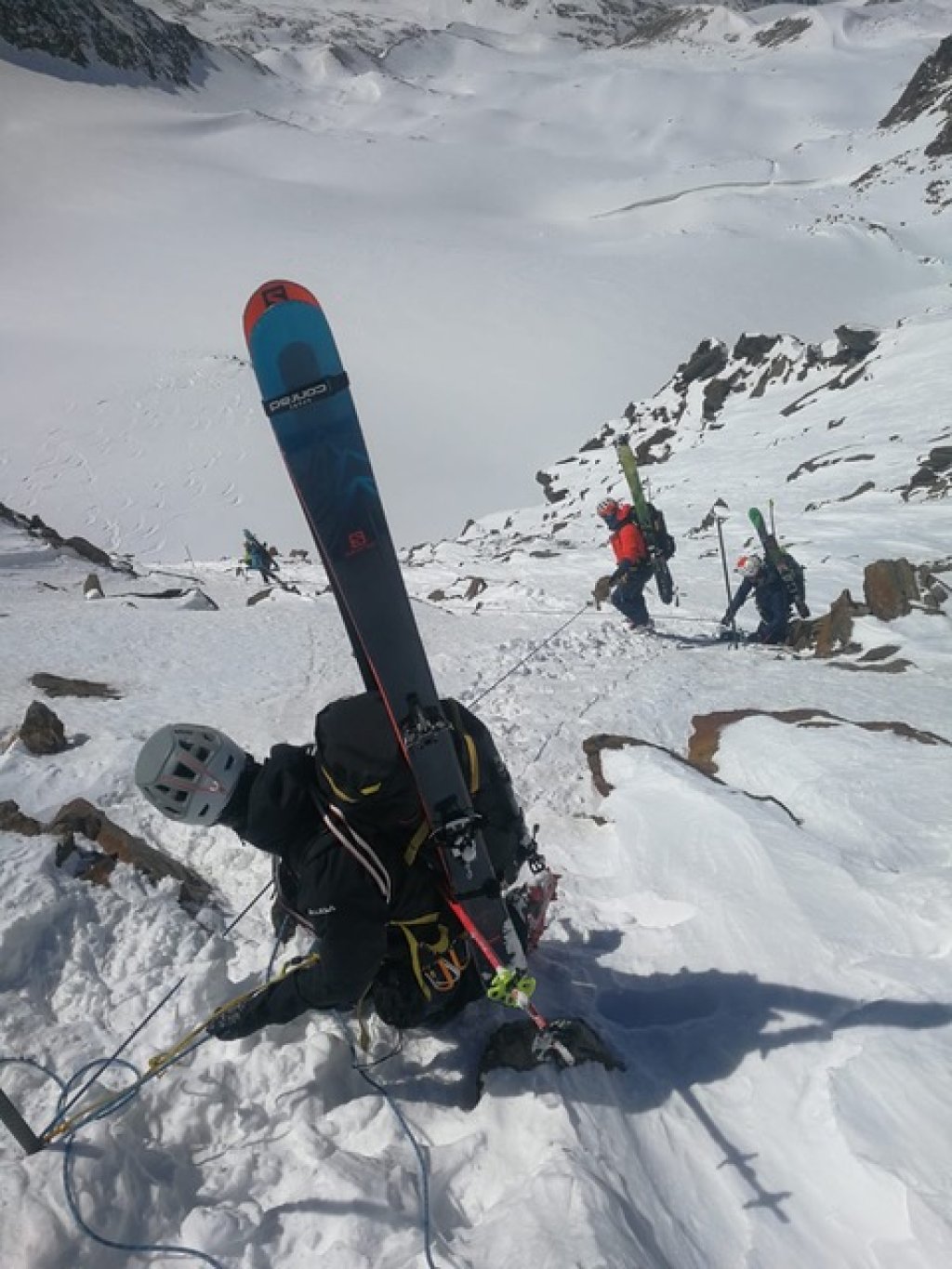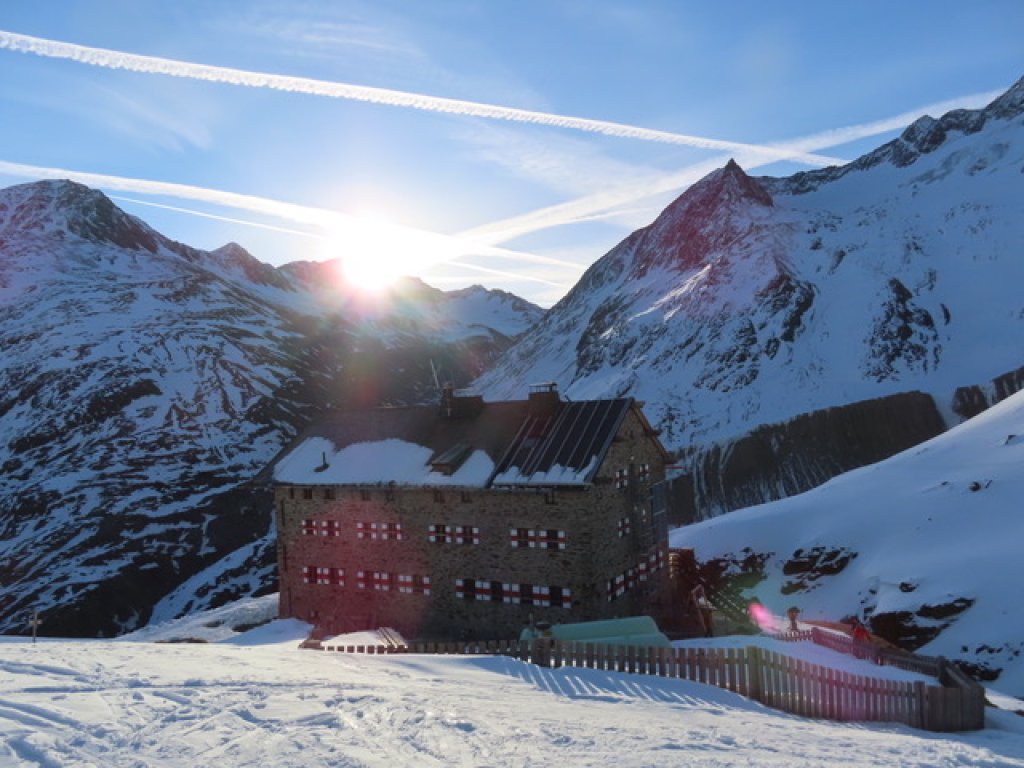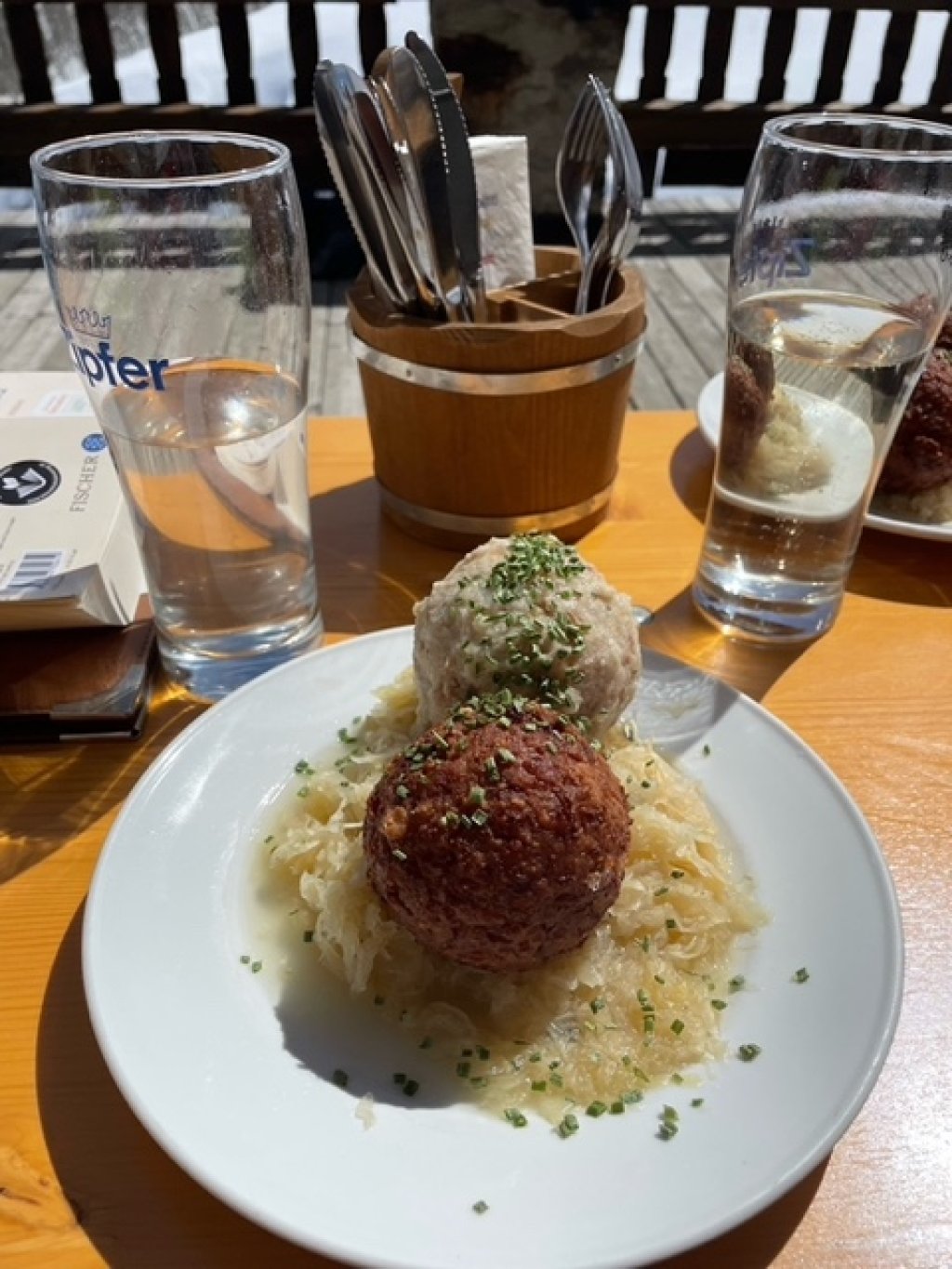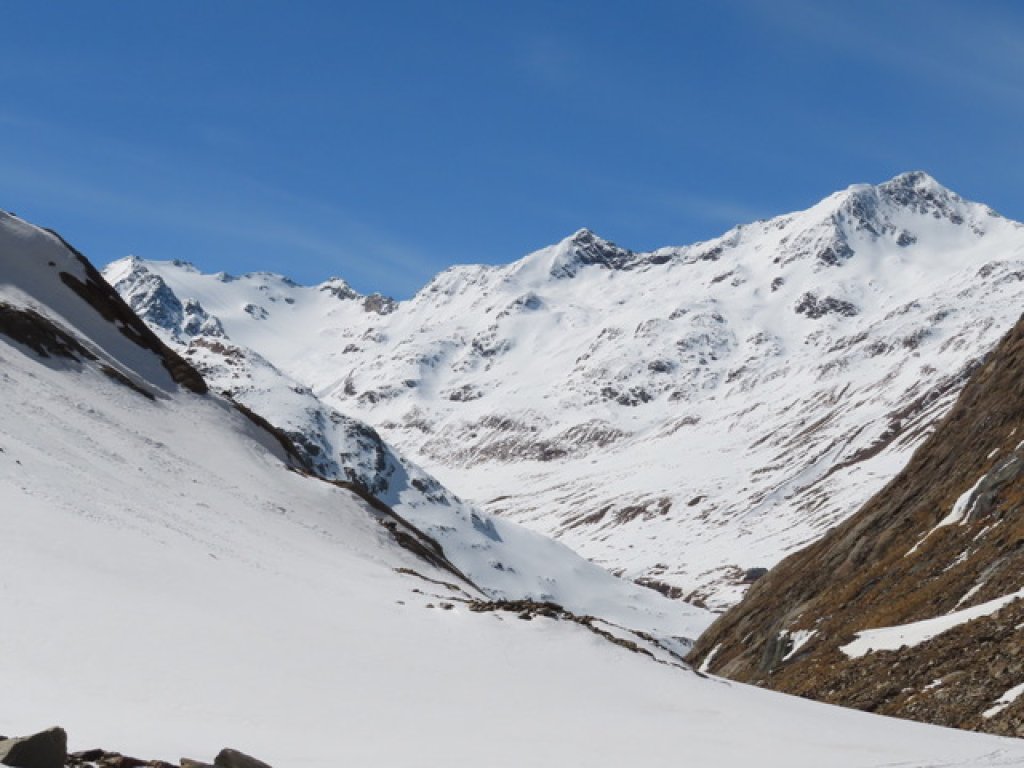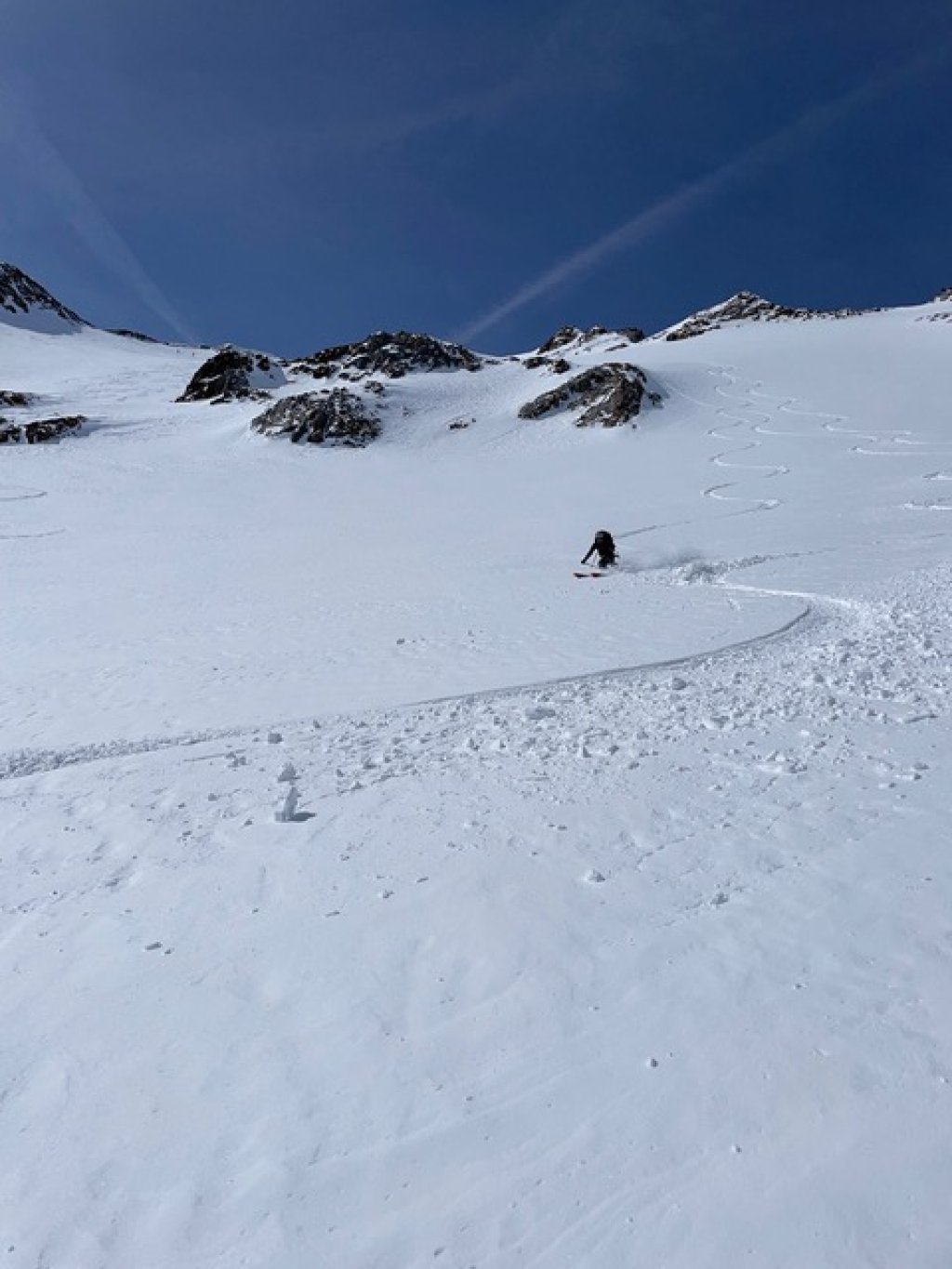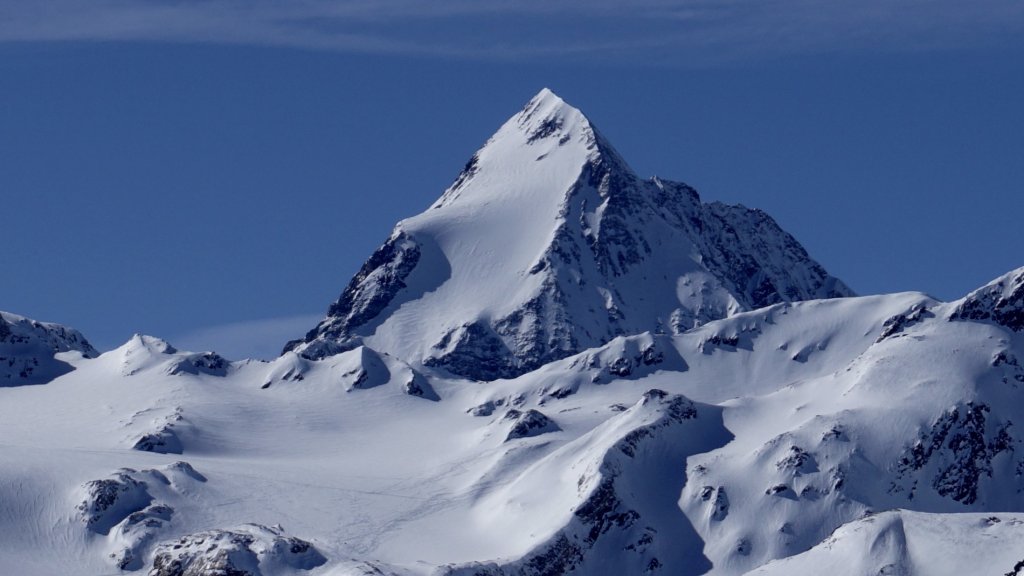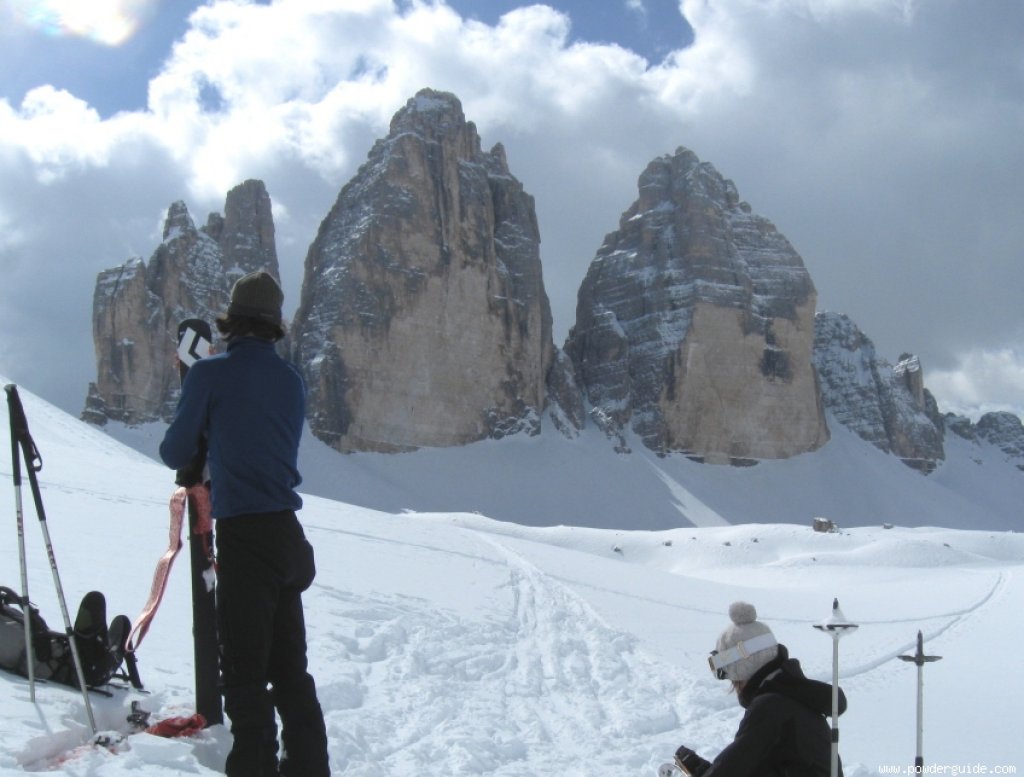Of course, you could also extend the whole thing to the Ötztal Tour, but due to the uncertain weather forecast and the more beautiful parts in terms of skiing, we focussed on the eastern part of the Ötztal.
After booking huts early (at the end of January) - which is highly recommended due to the crowds - we were looking forward to our little ski crossing at the beginning of April; however, a glance at the weather forecast diminished our motivation somewhat. "Never mind", we said to ourselves when only two hours of sunshine were forecast for the day (10th of April 2022). The next day should at least be nice.
Day 1: Relaxed start with a sick descent
And so we set off from Innsbruck at around 7.30 am and arrive in Obergurgl at around 9.00 am. We park the car at the last public car park near the parish church and pay €8 per day, which is reasonable considering the horrendous prices in the multi-story car park (€16 per day).
We set off across the empty pistes towards Schönwieshütte and, in view of the stationary gondolas and the lack of ski crowds on the pistes, we wonder whether it really is already the Easter holidays in various German states. The route to the Schönwieshütte is quite entertaining and only takes about an hour (350 metres in altitude, 3 km) despite our heavy luggage. There are now two options for the rest of the route to the Langtalereckhütte, our destination for today. Either directly on the tracked path to the hut (an additional 200 metres and 3 km) or climb one of the peaks that border the Rotmoostal valley to the west and ski down to the hut from above.
We decide in favour of the second option due to the improving weather situation and because we are not in a hurry. Our interim destination is the 3,228 metre-high Eiskögele, one of the first peaks in the Rotmoostal valley.
We walk approx. 1 km into the Rotmoostal valley and reach flatter terrain via a short steep ascent (approx. 200 m). We follow the already established trail up to an altitude of approx. 2,800 metres. Here we can decide again whether to continue in the direction of Eiskögele or head south round a rocky outcrop and climb up to the front Seelenkogel. The terrain in the direction of Eiskögele looks easy to walk on and we decide to stick to our original plan. The snow here still looks very powdery and unbound and we wonder whether this will also be the case in the Hochebenkar exposed to the west (our descent route to the Langtalereckhütte).
